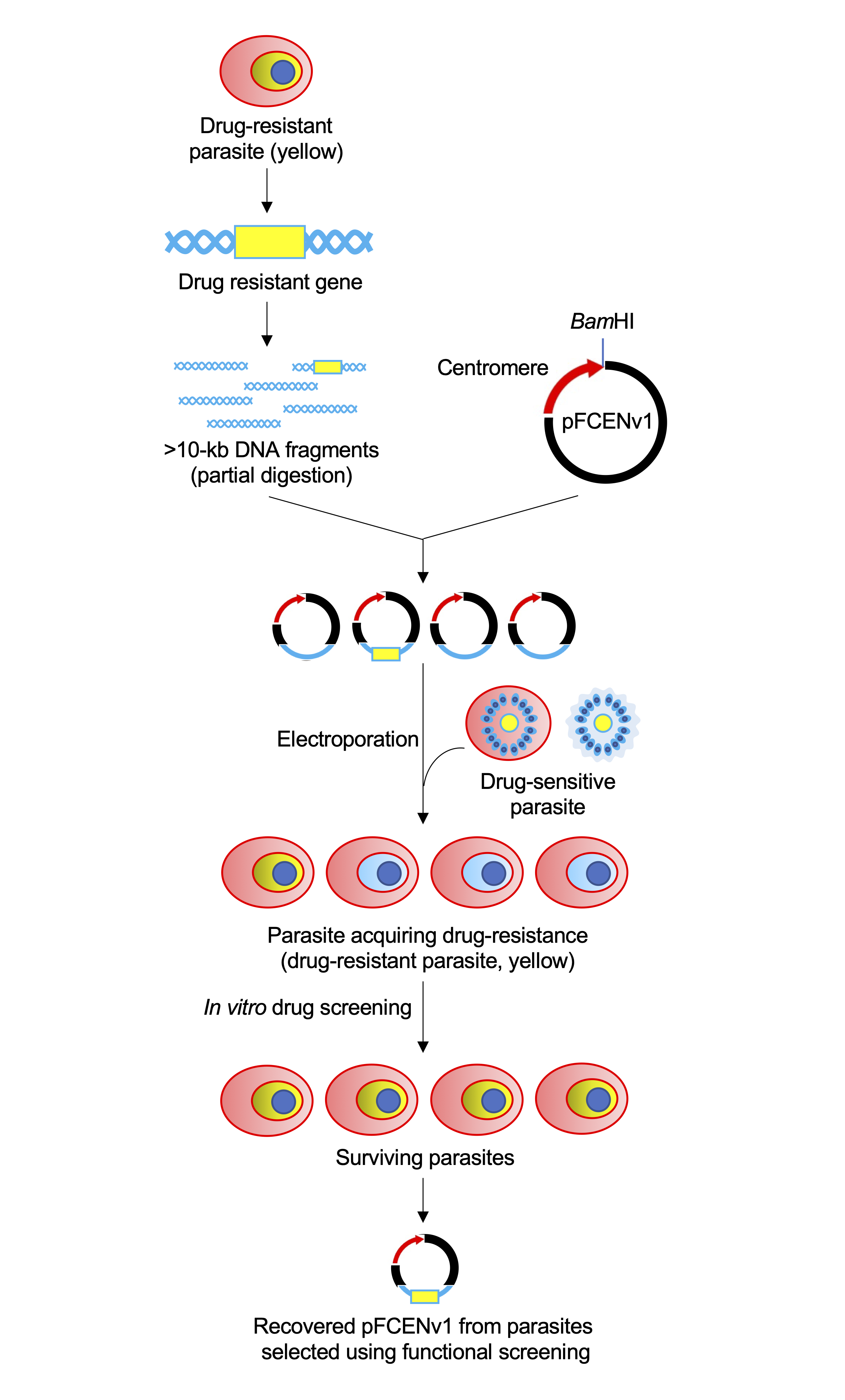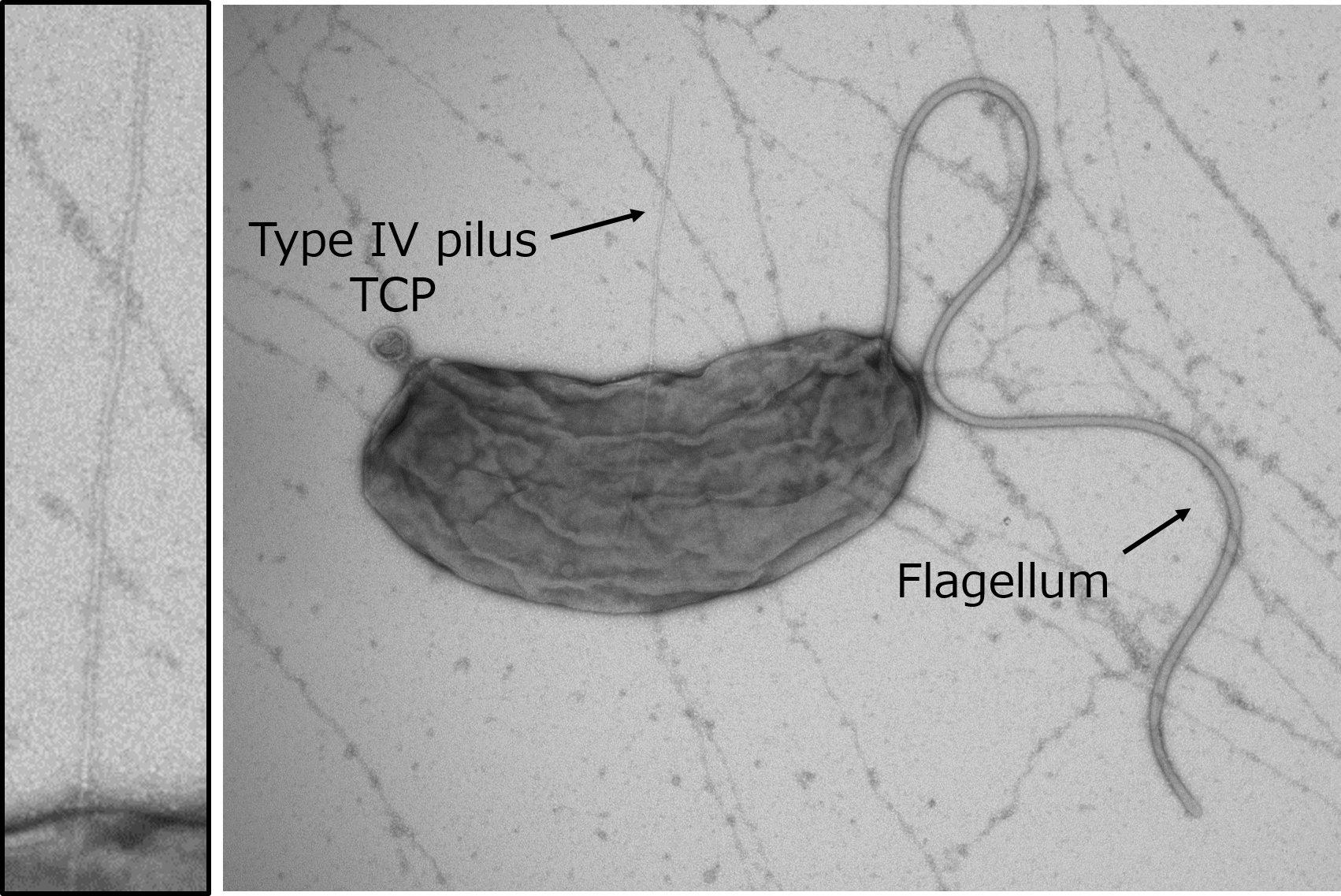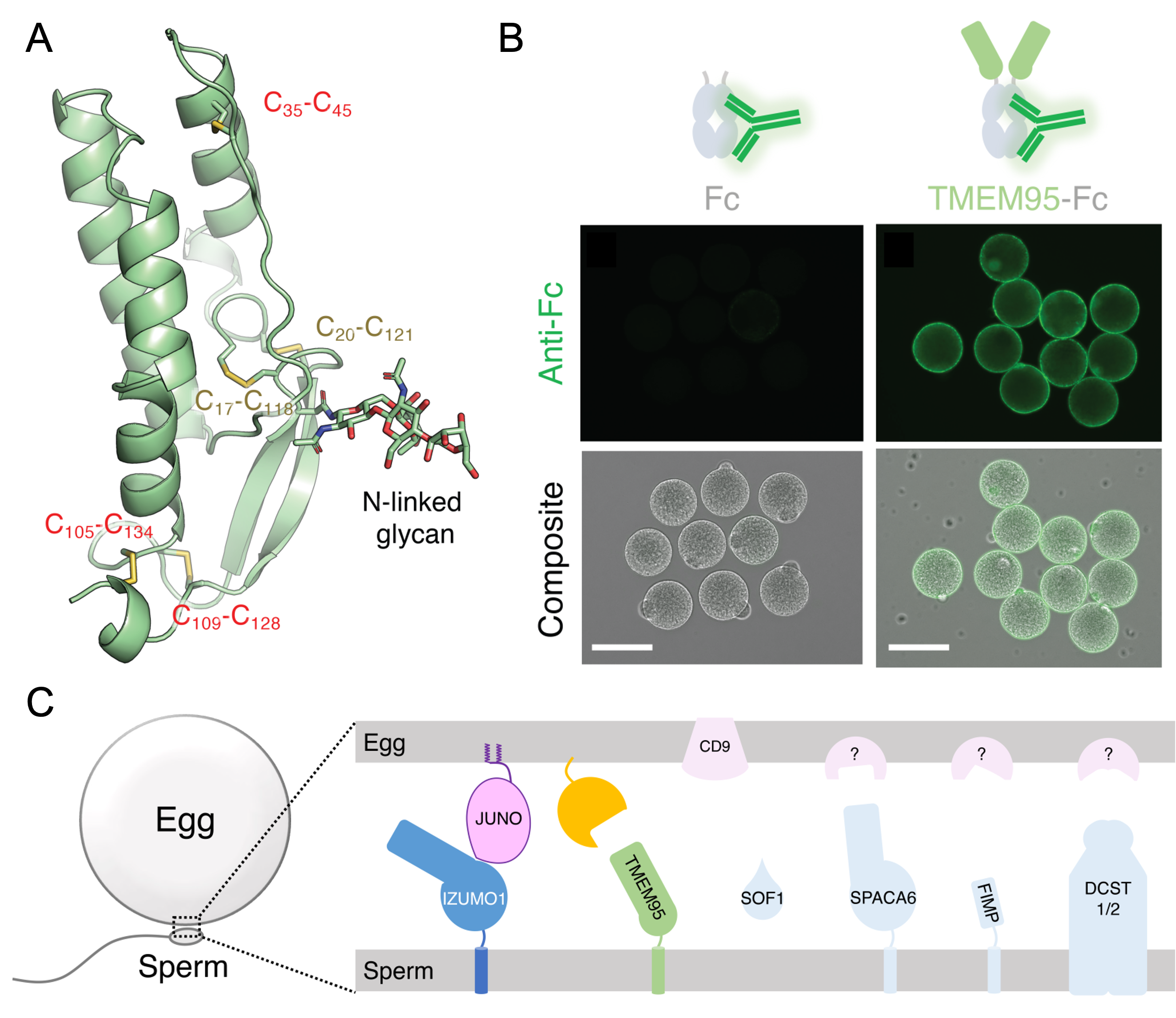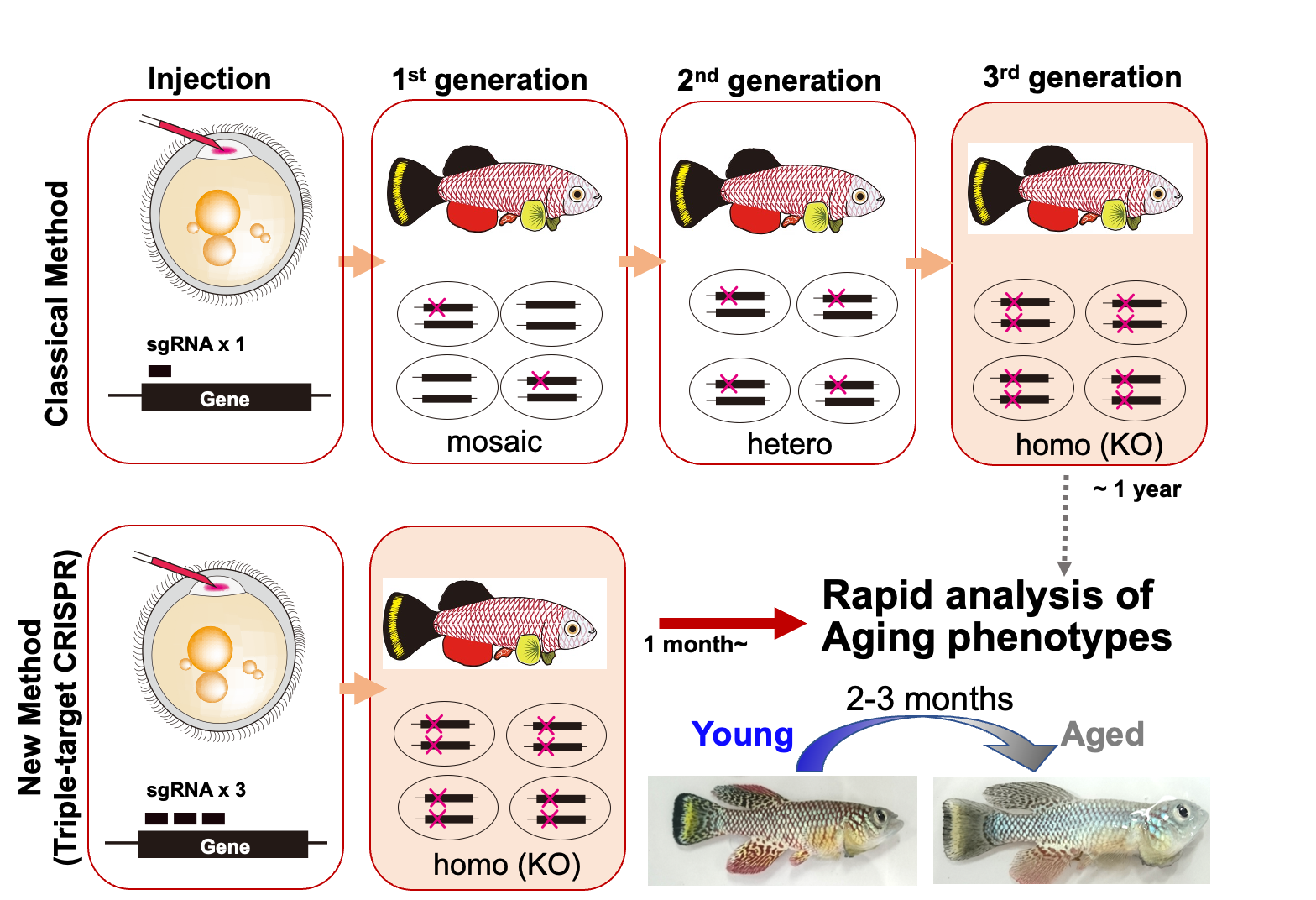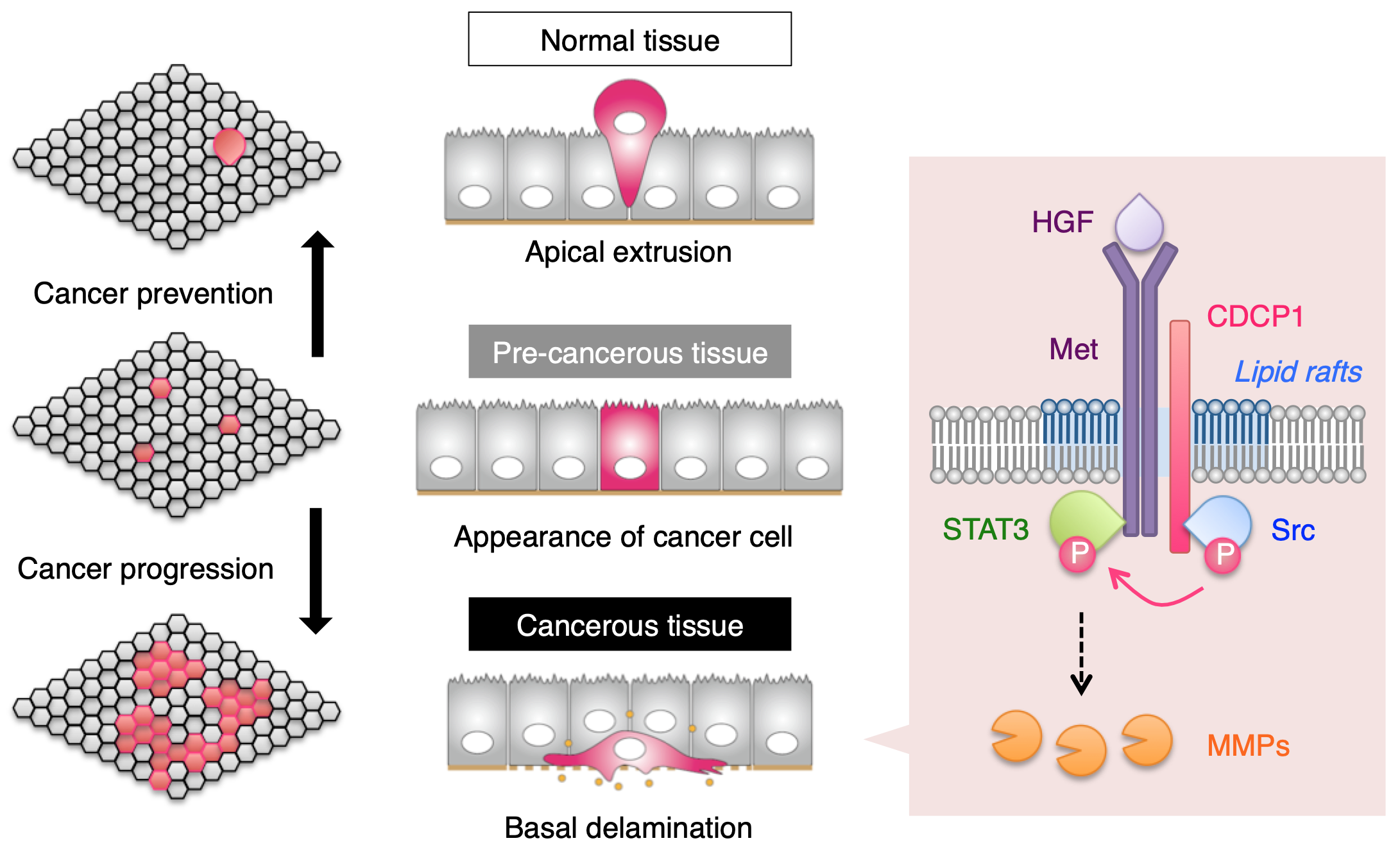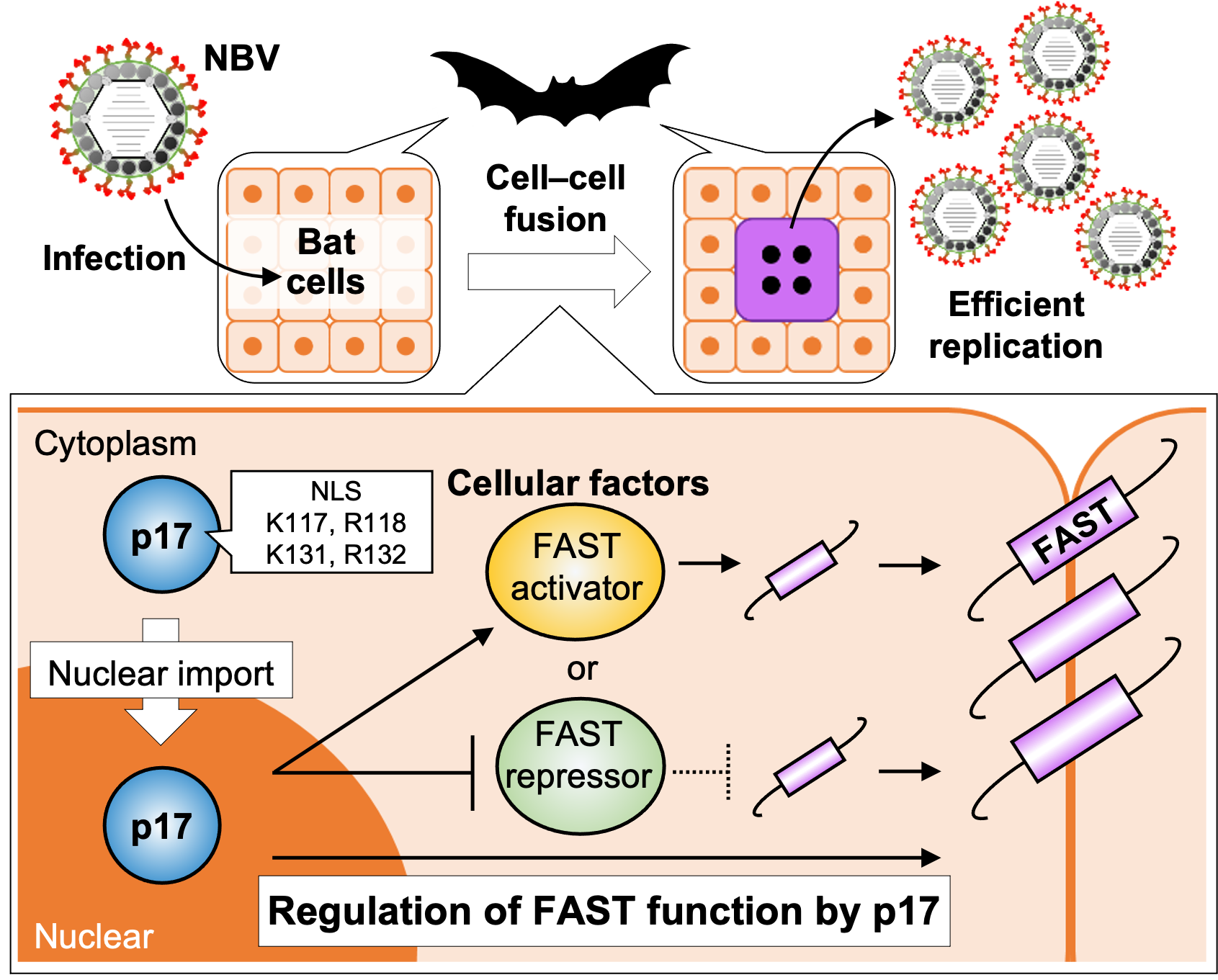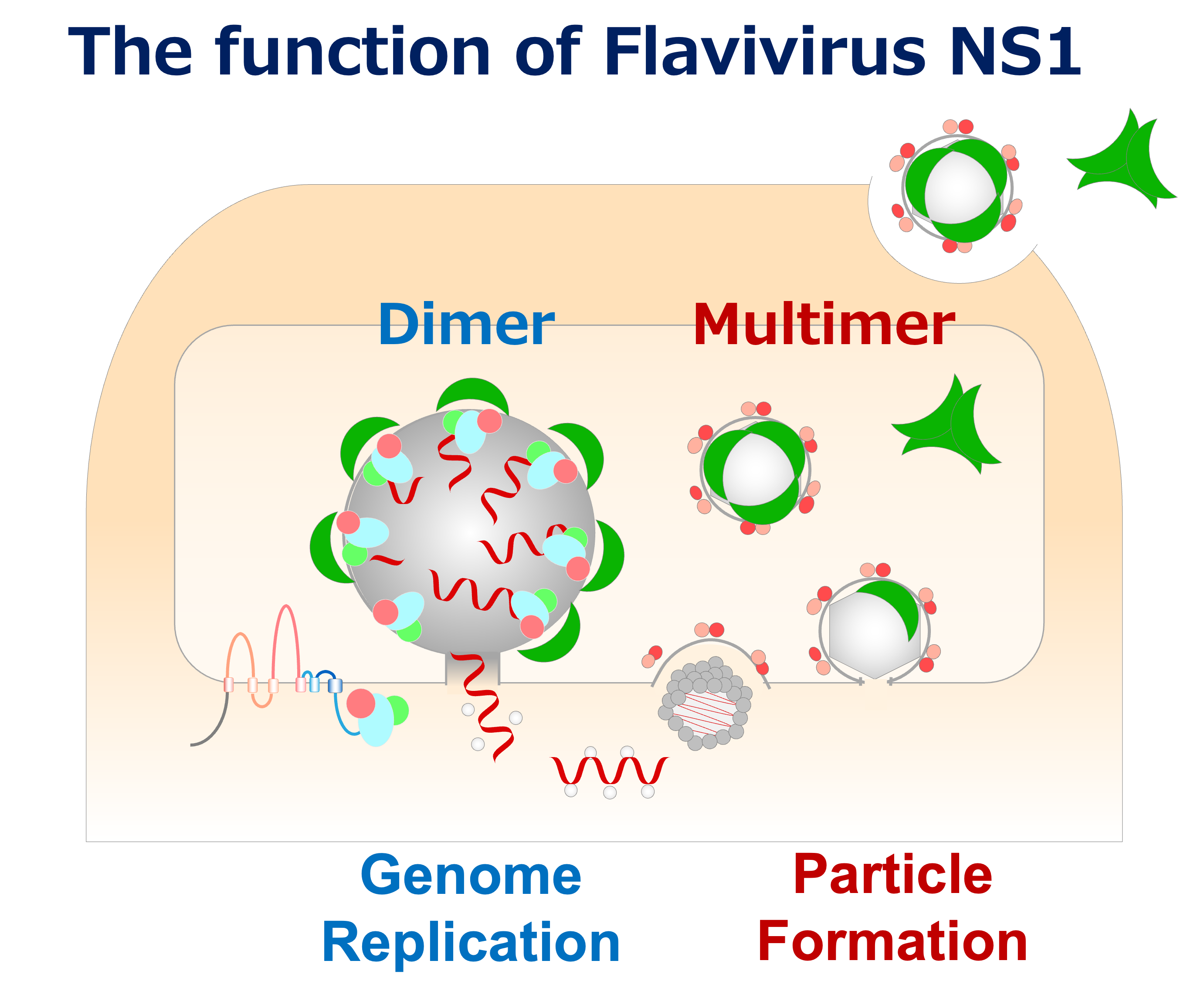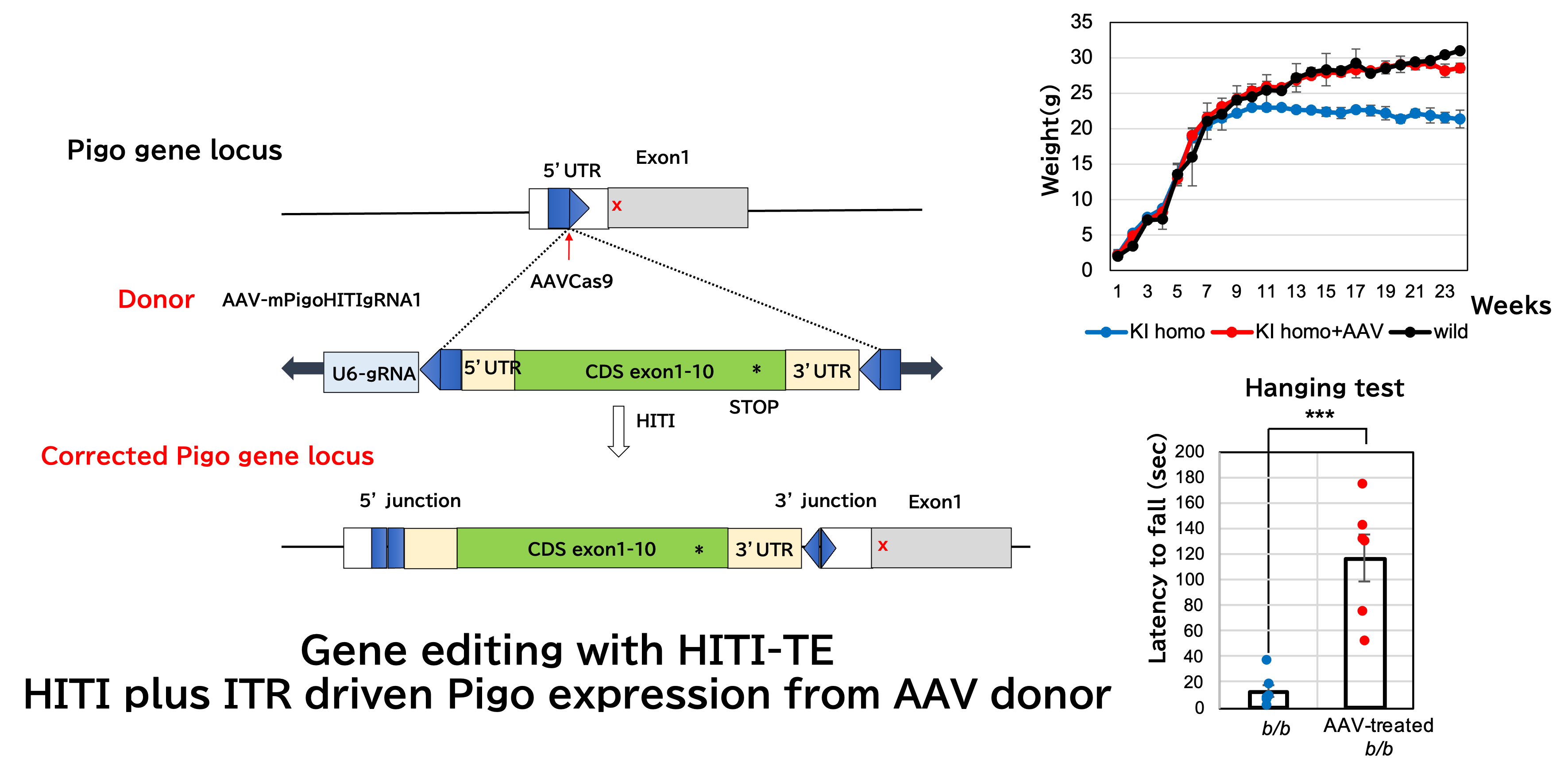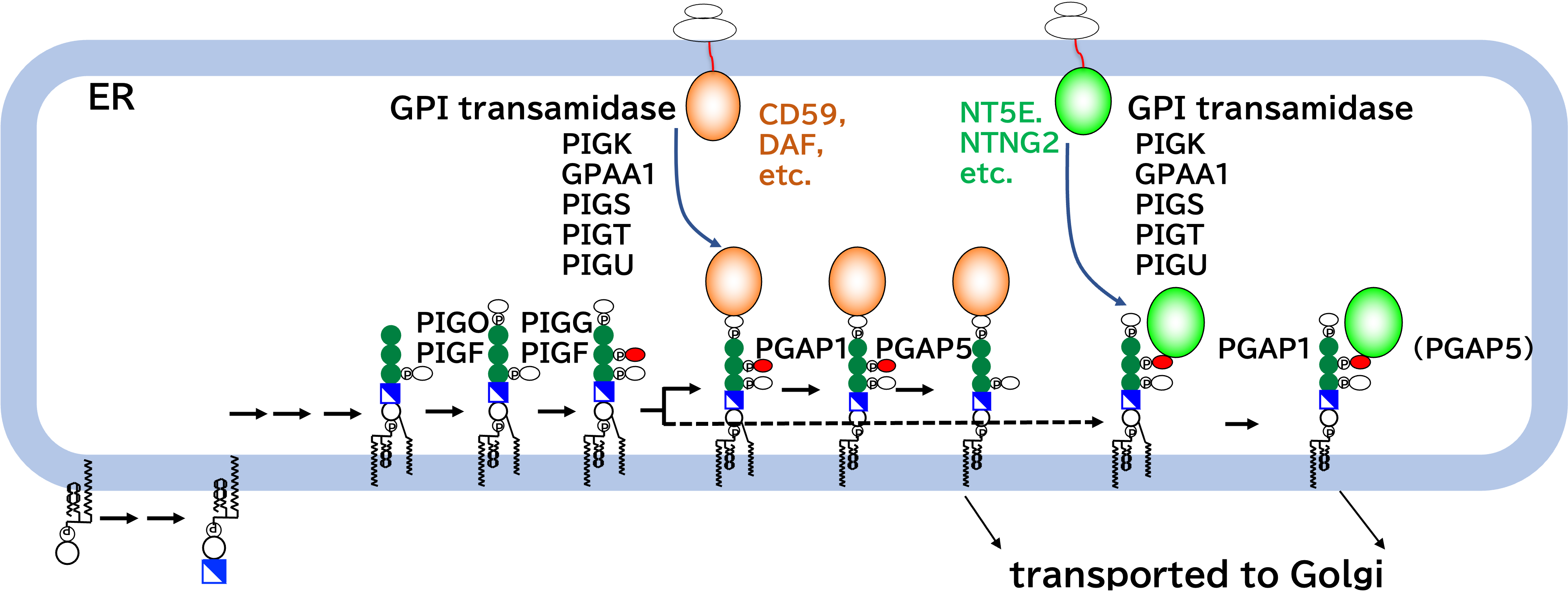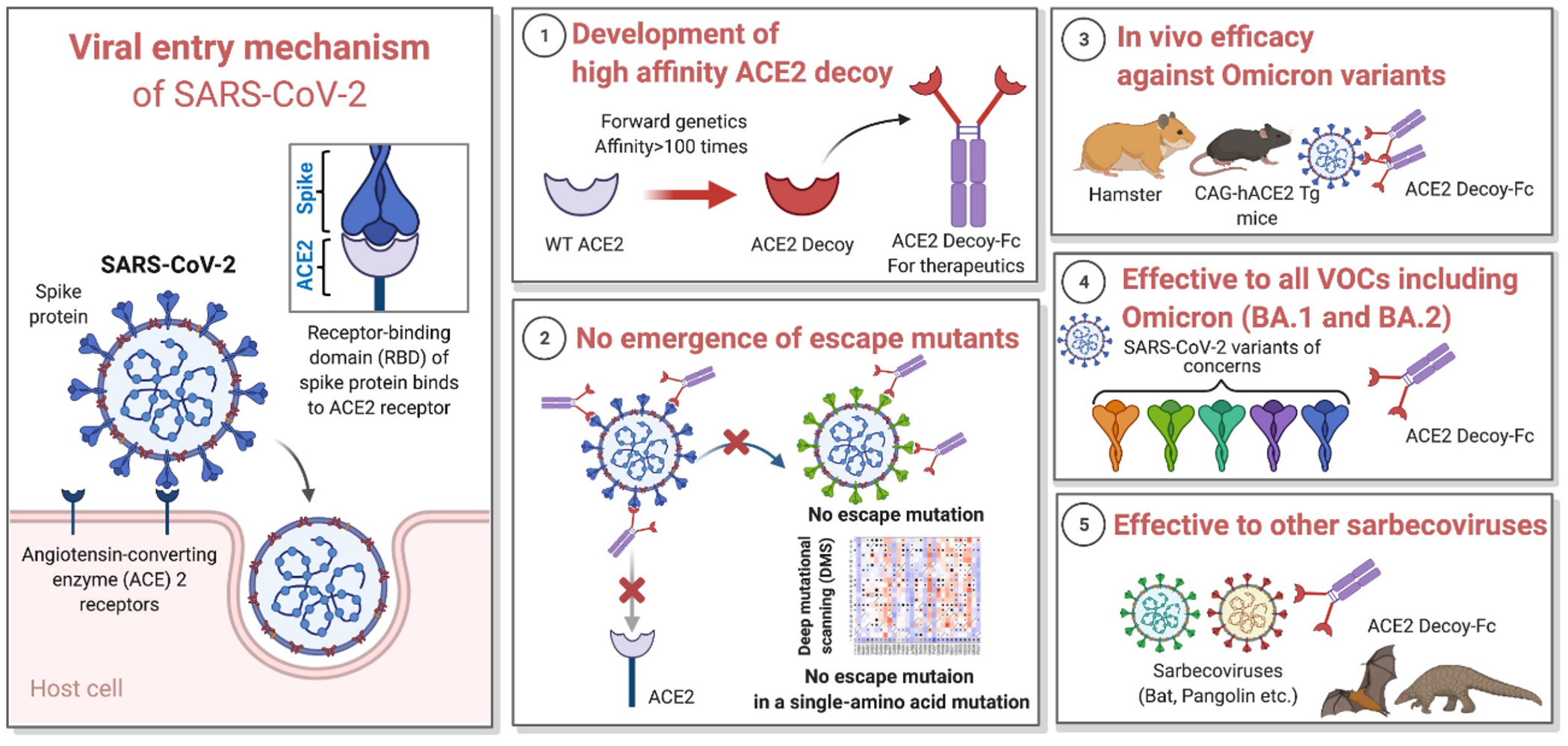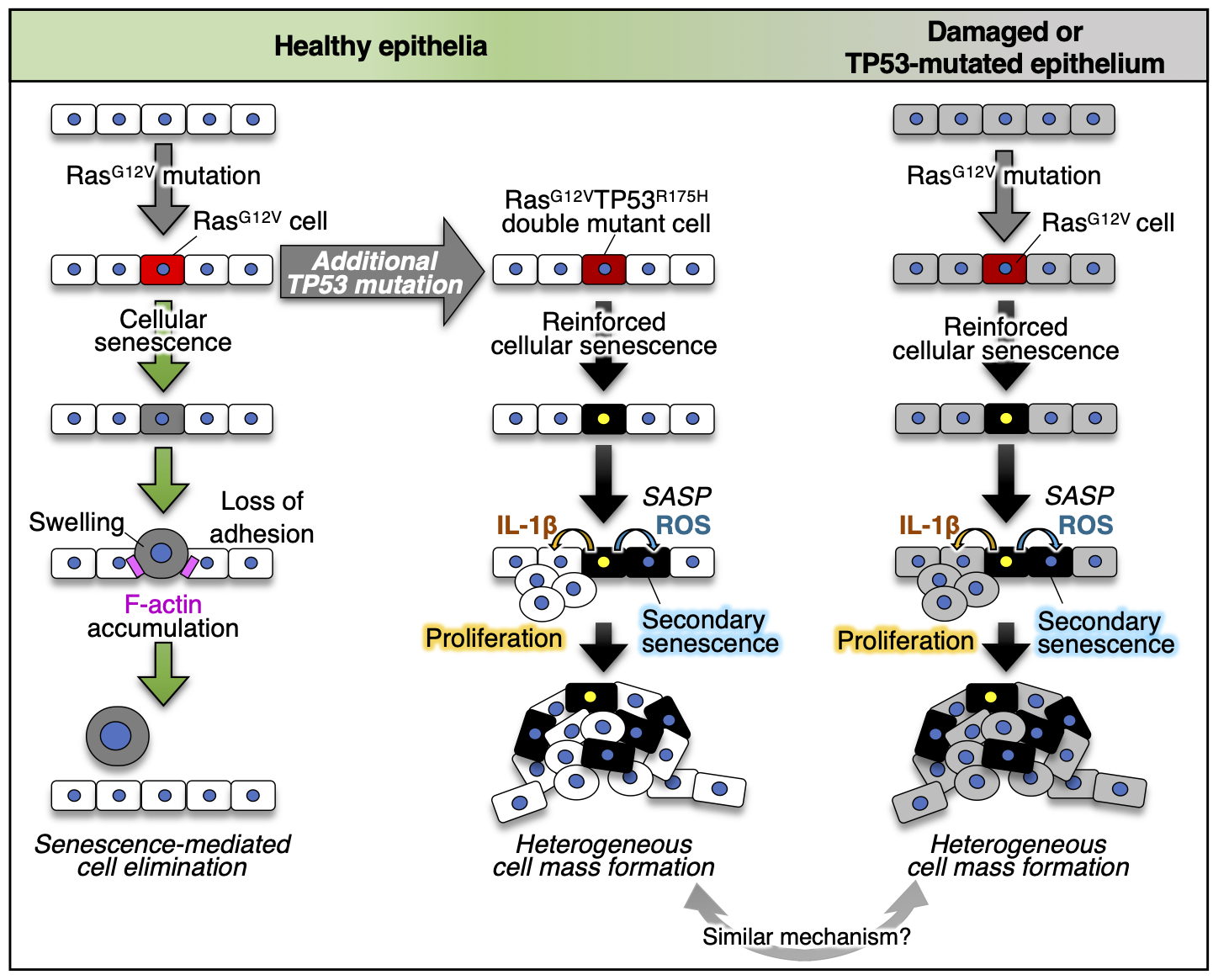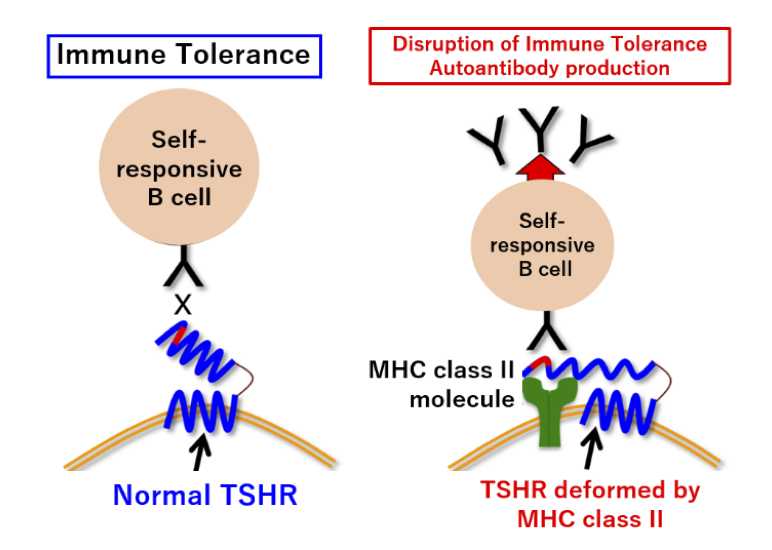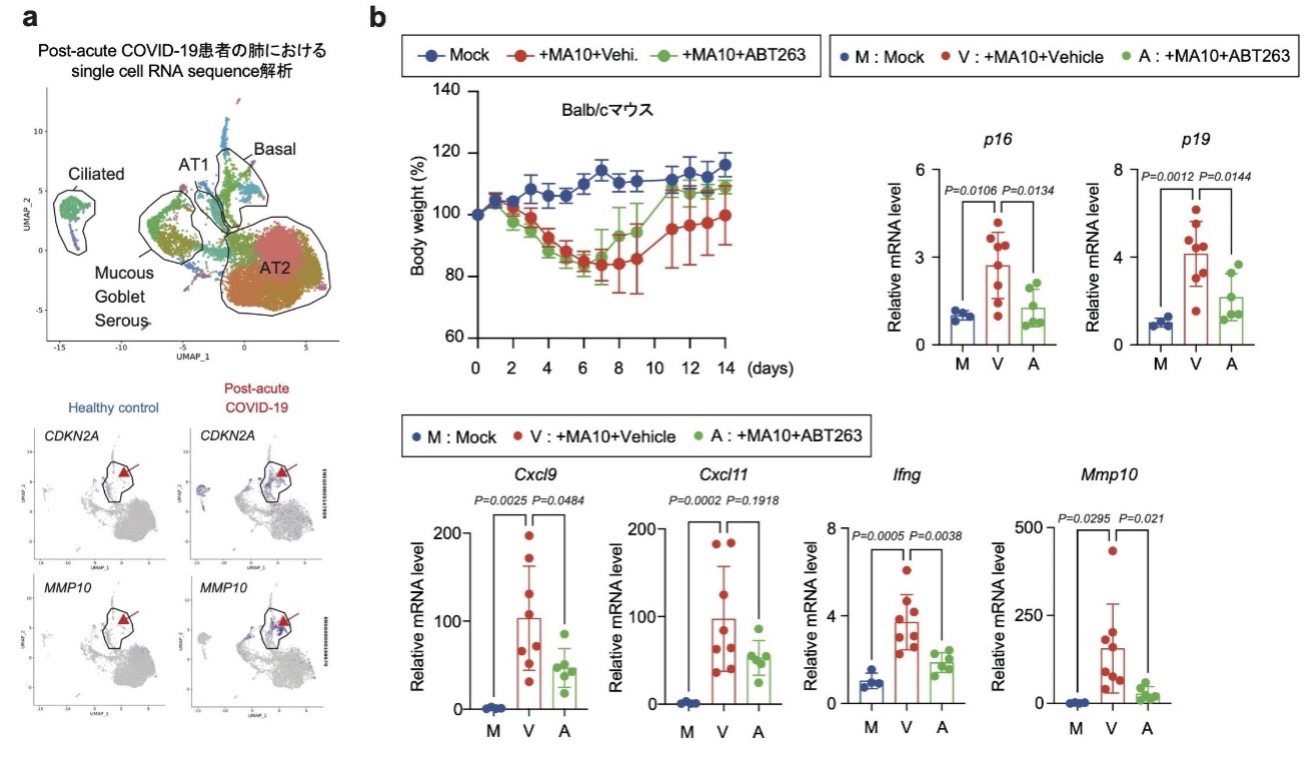Research Activities
Genome-wide functional screening of drug-resistance genes in Plasmodium falciparum. (Iwanaga Lab, in Nat. Commun.)
Prof. Iwanaga group developed the method for identifying drug resistance gene using Plasmodium ar...
Deadly piston pump: how a colonization factor is secreted by bacterial type 4 pili (Nakamura Lab, in Sci. Adv.)
Bacterial infectious diseases are still a huge contributor to global disease burden and with anti...
Human sperm TMEM95 binds eggs and facilitates membrane fusion (Ikawa Lab, in PNAS)
A research led by Assistant Professor Yonggang Lu and Professor Masahito Ikawa in the Department ...
Rapid reverse genetics systems for Nothobranchius furzeri, a suitable model organism to study vertebrate aging (Ishitani Lab, in Scientific Reports)
The African turquoise killifish Nothobranchius furzeri (N. furzeri) is a useful mo...
Src activation in lipid rafts confers epithelial cells with invasive potential to escape from apical extrusion during cell competition (Okada Lab, in Current Biology)
Abnormal/cancerous cells within healthy epithelial tissues undergo apical extrusion to protect ag...
The nonstructural p17 protein of a fusogenic bat-borne reovirus regulates viral replication in virus species- and host-specific manners (Kobayashi Lab, in PLOS PATHOGENS)
Nelson Bay orthoreovirus (NBV), a member of the family Reoviridae, genus Orthoreovirus, is a bat-...
Secretory glycoprotein NS1 plays a crucial role in the particle formation of flaviviruses (Matsuura-Lab, in PLOS Pathogens)
Flaviviruses, which are globally distributed and cause a spectrum of potentially severe illnesses...
Establishment of mouse model of inherited PIGO deficiency and therapeutic potential of AAV-based gene therapy(Kinoshita Lab, Nat. Commun.)
Inherited glycosylphosphatidylinositol (GPI) deficiency (IGD) is caused by mutations in GPI biosy...
Ethanolamine-phosphate on the second mannose is a preferential bridge for some GPI-anchored proteins. (Kinoshita Lab, EMBO Rep.)
Glycosylphosphatidylinositols (GPIs) are glycolipids that anchor many proteins (GPI-APs) on the c...
Decoy receptor protects against Omicron infection(Okamoto Lab & Daron Lab, in Sci. Trans. Med)
Researchers from Japan find that an engineered version of the SARS-CoV-2 receptor, angiotensin-co...
Genome-wide CRISPR screen reveals CLPTM1L as a lipid scramblase required for efficient glycosylphosphatidylinositol biosynthesis (Kinoshita Lab, in PNAS)
Glycosylphosphatidylinositols (GPIs) are complex glycolipids that act as membrane anchors of many...
Zebrafish imaging reveals TP53 mutation switching oncogene-induced senescence from suppressor to driver in primary tumorigenesis (Ishitani Lab, in Nat. Commun.)
Most tumours are thought to arise through oncogenic cell generation followed by additional mutati...
Abrogation of self-tolerance by misfolded self-antigens complexed with MHC class II molecules (Arase Lab, in Science Advances)
Gravesʼ disease is an autoimmune disease in which autoantibodies against thyroid-stimulating horm...
SARS-CoV-2 infection triggers paracrine senescence and leads to a sustained senescence-associated inflammatory response (Hara Lab, in Nat Aging )
Reports of "post-acute COVID-19 syndrome," in which the inflammatory response persists ...
- Home
- Achievement
- Research Activities

